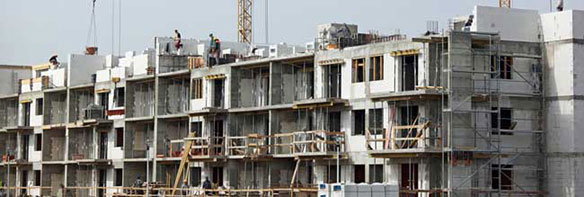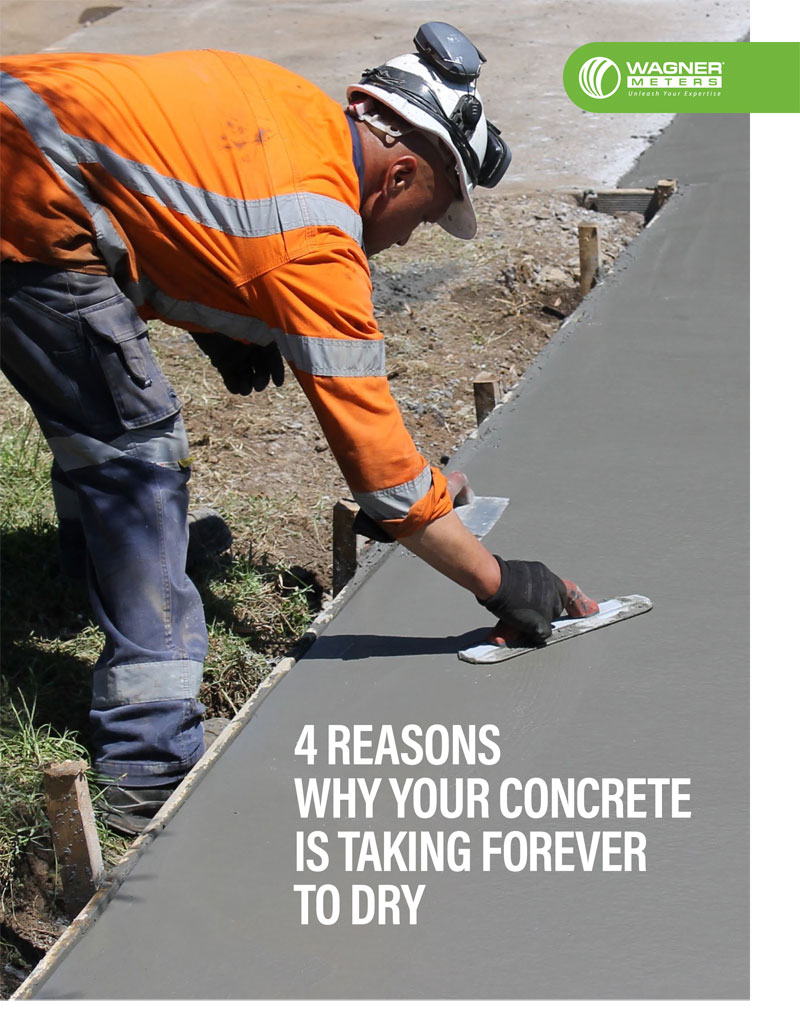The Real Dangers of Hydrostatic Pressure
Concrete can be a problem when we do not comprehend the fundamental construction terms related to its installation. Contractors also tend to misuse the term, hydrostatic pressure, to describe the dangers of moisture. High relative humidity (RH) levels and hydrostatic pressure can both ruin floors. However, contractors overestimate and overuse the words hydrostatic pressure when discussing flooring failures.

Building Strength
Concrete starts to form and strengthen after the cement and other ingredients are mixed with the water. Curing leads to a floor whose strength is defined by adequate compressive strength, which is achieved with time, allowing for the chemical reaction called hydration to properly occur. Drying allows moisture vapors to migrate to the surface and evaporate from concrete. Having conditions, within the building, that are conducive for drying, helps to expedite the process.
Hydrostatic Pressure Definition
Definition: hydrostatic pressure is the pressure exerted by fluids at rest.
When concrete slabs are appropriately installed beneath the ground’s water level, pressure builds against the walls of the slab. That pressure, as with any pressure, can accumulate over time. In very rare cases, it is possible that hydrostatic pressure can actually pierce a concrete wall. The mind conjures spectacular imagery of a seemingly impenetrable concrete basement blowing out, leaving water-logged carnage in its wake. This happens, in its truest form, much less frequently than people use the term.

Free Download – 4 Reasons Why Your Concrete Is Taking Forever to Dry
Relative Humidity in Concrete
Successful building contractors recognize the immense value of quality workmanship at each stage of installation. Concrete needs to set, it needs to breathe. Installers need to ensure the completion of both disparate processes by continuously measuring the RH levels, in the slab until the slab has reached the finished flooring and/or adhesive manufacturer’s recommendations for appropriate moisture levels. Failure to allow the slab to properly and adequately dry can lead to ongoing problems and flooring failure.
There is a simple and highly accurate way to determine whether a slab is dry enough for flooring installation: digital concrete moisture meters from Wagner Meters. Wagner Meters’ Smart Sensors are not only smart because they are cost-effective, but also because they are specifically designed as single-use in-situ probes – customers never have to worry about calibration issues and documentation is a snap with the included NIST-traceable calibration certificate. Installers place single-use, factory calibrated probes inside the slab at 40 percent depth. Then, with a simple hand-held device, accurately called the Easy Reader, measurements of the RH can be regularly taken at probe level for instant feedback of how close (or how far) you are from having the slab dry to an appropriate level for your floor covering installation. The Rapid RH® is fast, accurate, and the simplest to comply with ASTM F2170.
Further Reading:
Concrete Foundation Association of America Home Page.
Video: What to do if hydrostatic pressure leaks water into your basement.
“Humidity: Relative and Comparative Testing”
Jason has 20+ years’ experience in sales and sales management in a spectrum of industries and has successfully launched a variety of products to the market, including the original Rapid RH® concrete moisture tests. He currently works with Wagner Meters as our Rapid RH® product sales manager.
Related Posts via Taxonomies
Last updated on June 8th, 2021




Hello Jason. My name is Jeff Johnson. My company is Johnson’s Carpet Inc. I have several questions related to hydrostatic pressure and groundwater. Would you be willing to contact me by phone. Thank you.